It appears that a $6,000 camera (URSA Mini Pro) can easily keep up with a $45,500 camera (ALEXA Mini) in professional high-end production and post-production environments. How can those cinema cameras be merged to tell a story? Read below.

$6,000 cinema camera vs. $45,000 cinema camera
This article will focus on the combination between the Blackmagic URSA Mini Pro and the ARRI ALEXA Mini from a practical, on-set point of view. Can a $6,000 camera keep up and be paired with a high-end $45,000 Hollywood standard tool? Let’s find out. But before diving in, I can tell you that the answer is YES.
Diplo’s “So Long” Official Music Video was shot with the URSA Mini Pro together with the ALEXA Mini. It’s fascinating to see how those two cameras are always get compared. A lot of DPs are talking about the “ALEXA look” that the URSA Mini Pro is known for, as well as its stunning skin tones that remind those of the ALEXA. However, the URSA Mini Pro is much cheaper and affordable. I was eager to reveal how those two different animals would match together on a production. Luckily, I had the chance to interview the team behind “So long”: DP Wojciech Kielar, and colorist Ryan McNeal.
Let’s explore some fascinating cinematography and color grading technical insights regarding the combination of the URSA Mini Pro together with the ALEXA Mini on a professional set.
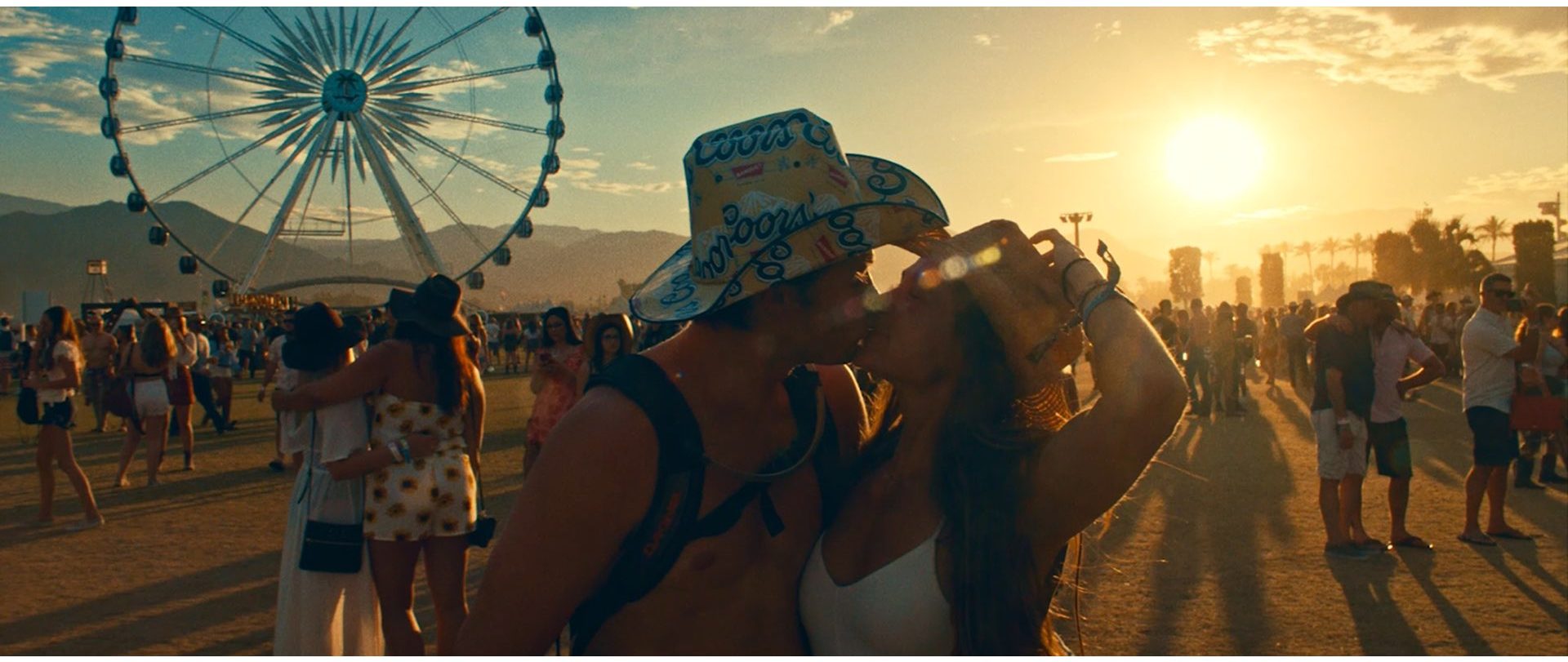
Without doing any specific camera test between the two and just judging by the images we shot for this video, I would say the only noticeable difference is that the URSA Mini Pro has a slightly sharper image than the ALEXA Mini
DP Wojciech Kielar
URSA vs. ARRI: Intuitively, reliability, and durability
Yossy: What were the reasons for combining the URSA with the ARRI?
DP Wojciech Kielar: I wanted to work more with Blackmagic Design and the URSA because they have been coming out with some fantastic products. The main reason I shot on the URSA was to familiarize myself with the cameras as well as test out its Blackmagic RAW capabilities on a real shoot scenario as opposed to just doing tests on a stage. Judging from past footage, I shot on the URSA Mini Pro, and our initial shoot day, which had DIPLO walking around horse stables and interacting with farm animals, I thought it would be a great camera to pair with the Alexa Mini.
Yossy: What kind of glass was used for capturing?
DP Wojciech Kielar: We shot on the Angenieux EZ Series lenses. Mostly on the 15-40mm f/2 Great lens for the amount of handheld work we had to do.
Yossy: In your opinion, what are the main differences between the URSA compared to ARRI (on-set): topics to be considered: intuitively, reliability, and durability on set.
DP Wojciech Kielar: We shot at the Stagecoach Festival, it was hot and dusty, but both cameras handled themselves very well in the elements. The ALEXA MINI definitely figured out how to make a menu system that is very easy to navigate while keeping buttons on the outside to a bare minimum. The URSA Mini Pro also features a touch screen menu which once you are familiarized with it is very intuitive. The dual C-Fast card slot on the URSA Mini Pro is great especially on a run-and-gun shoot like this. Overall, I didn’t have any complaints on set with either camera, and both cameras delivered a wonderful image to work within a post. We shot Log on the ALEXA MINI and BlackMagic Raw on URSA Mini Pro. Our colorist, Ryan McNeal at RKM Studios, was very happy to see how well both cameras matched up. Without doing any specific camera test between the two and just judging by the images, we shot for this video I would say the only noticeable difference is that the URSA Mini Pro has a slightly sharper image than the ALEXA Mini.
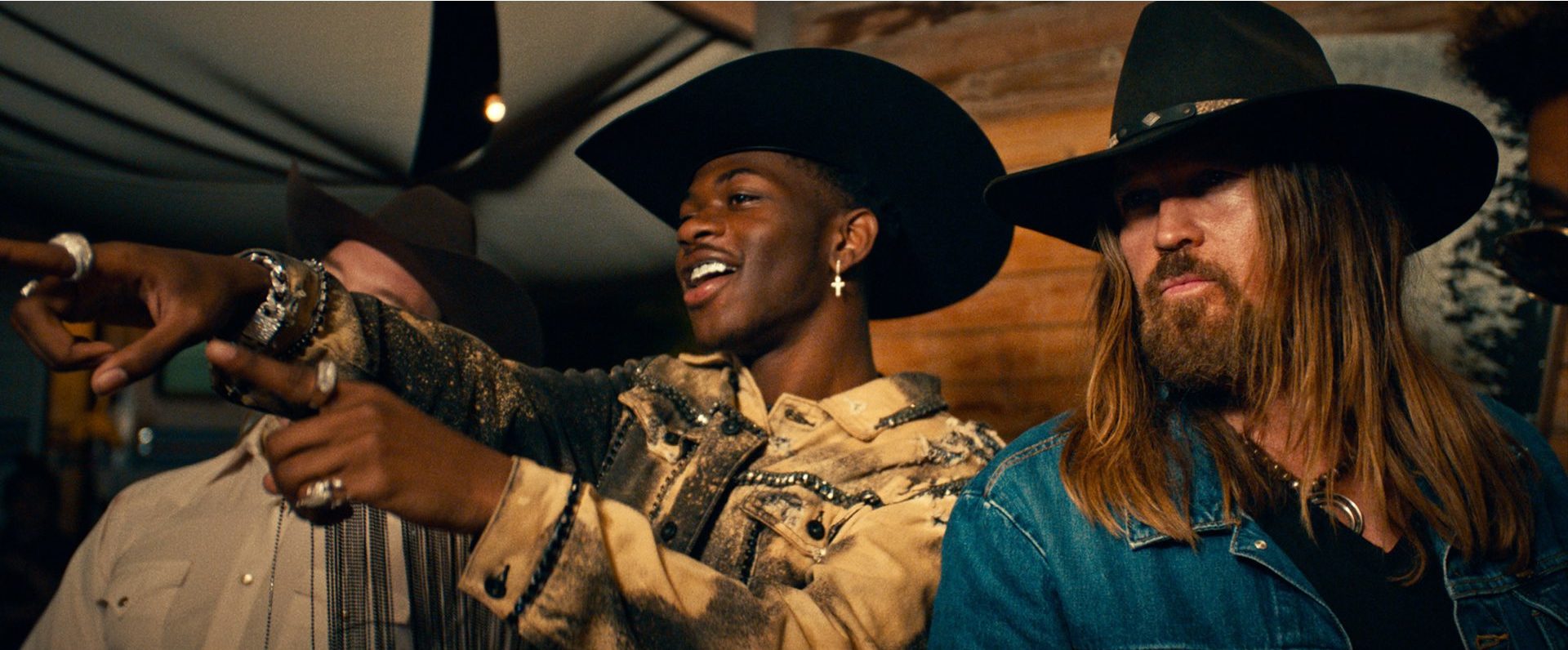
Post-production and color grading: BRAW (URSA) & ProRes (ARRI) – Workflow, dynamic range, and image quality
Yossy: What were the main deferences between ARRI ProRes and BRAW from your point of view? Please tell us about the workflow, DR, and image quality.
Colorist Ryan McNeal:
- Regarding workflow, we trim all the media that we color to selects. Prores is not a trimmable media type, so with Alexa footage, we have to transcode selects to an intermediate codec. With Blackmagic Raw, it is a trimmable format, which means you can use Resolve to trim to selects without any transcode required so making selects is very fast, and you have the advantage of all the raw metadata in the actual color project. This makes a big difference on a project where say there’s 2TB of footage that was shot, but the selects that are actually used in the edit can be trimmed down to 100GB. This is all the faster and efficient with Blackmagic Raw.
- The dynamic range on Blackmagic Raw felt very comparable to ARRI Prores. The DP and I never felt like we had missed out on information in the highlights or shadows. The wide dynamic range gave plenty of range to match, and in the end, the viewer won’t be able to tell the difference.
- Overall the image quality on Blackmagic Raw feels very sharp and clean. There was no excessive noise, and it feels decidedly “high resolution.” Alexa tends to be soft compared to other 4K+ cameras, as well as clean. I don’t see a lot of noise on ARRI Prores footage under most shooting conditions. We didn’t notice any more on the Blackmagic Raw (which of course can be an issue with high-resolution cameras). Also, we used heavy grain and warm highlights to enhance that film look. Combining Blackmagic RAW with other formats proved easy in DaVinci Resolve.
I keep finding great new ways to capture my vision using the URSA. It’s compact and versatile. I feel comfortable using it on a traditional buttoned upset with lighting as well as on the go documentary-style filmmaking
Director Brandon Dermer
Check out “So Long” Music Video down below:
Blackmagic URSA Mini Pro G2 vs. ARRI ALEXA Mini: Comparison Chart
Check out the chart below, which compares in high level the main differences and similarities between those two cameras (Click on the chart to get a larger view):
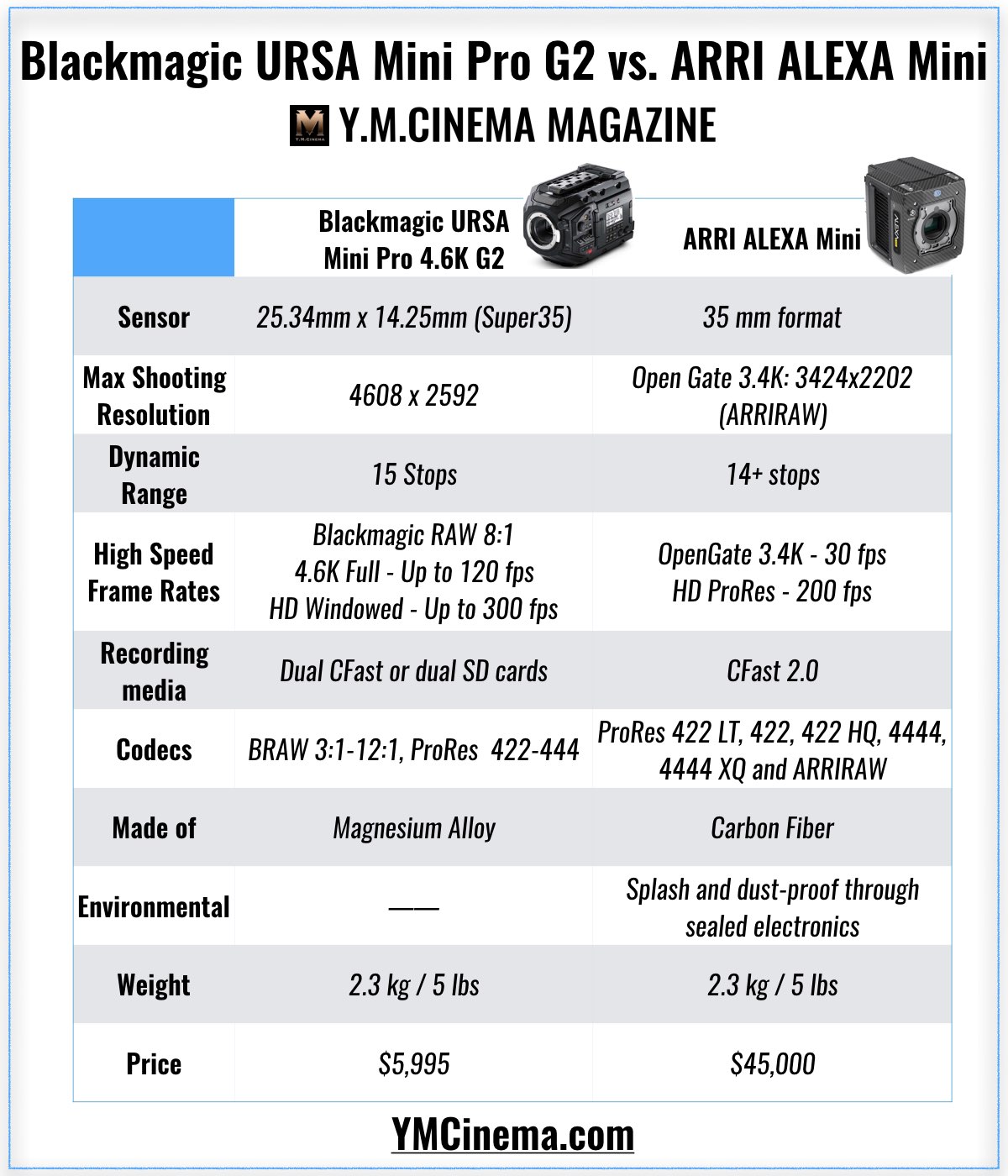
Final thoughts
One of the most crucial factors regarding Filmmaking and cinematography is to choose the right tools for the job. We live in an era where we have a tremendous amount of cameras that can suit a variety of budget and production needs. At the example above, we demonstrated a beautiful combination of $45,000 camera with a $6,000 camera, resulting in a solid execution.
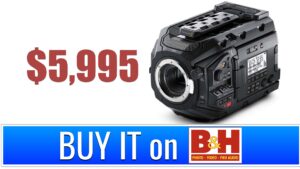
What are your insights regarding the combination between the URSA Mini Pro and the ALEXA Mini? Let’s know your thoughts in the comments section below.







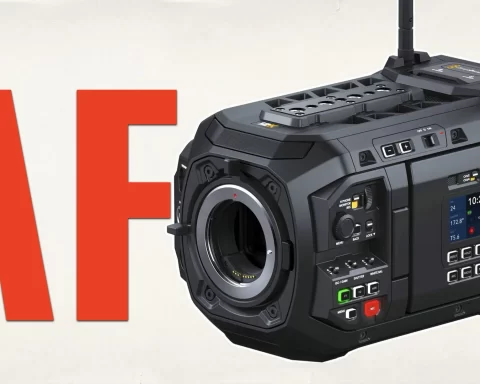

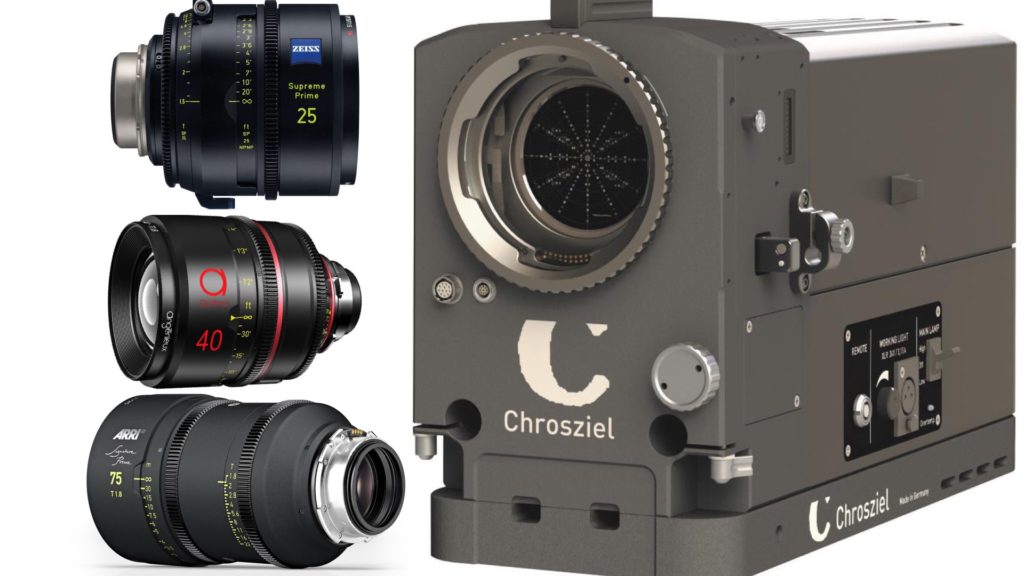
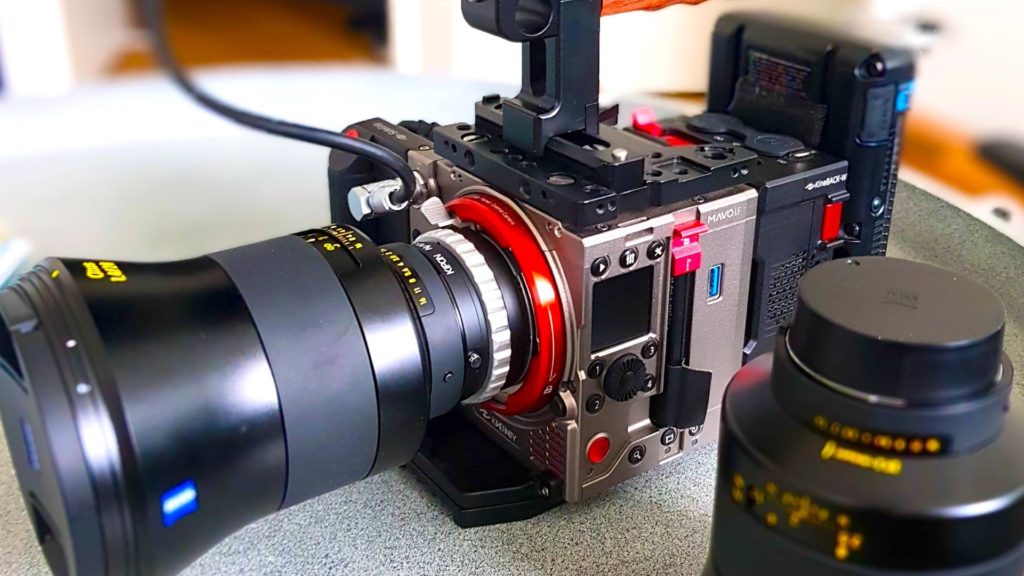

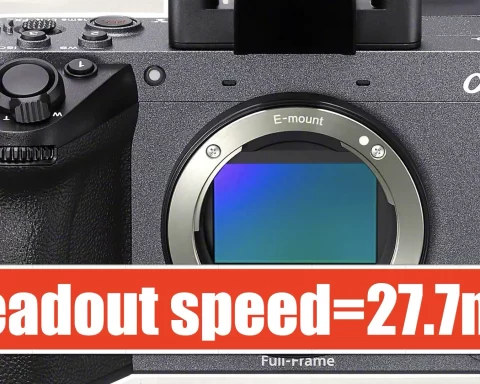




Type on first line 🙂
The extra “0”? Corrected. THX!